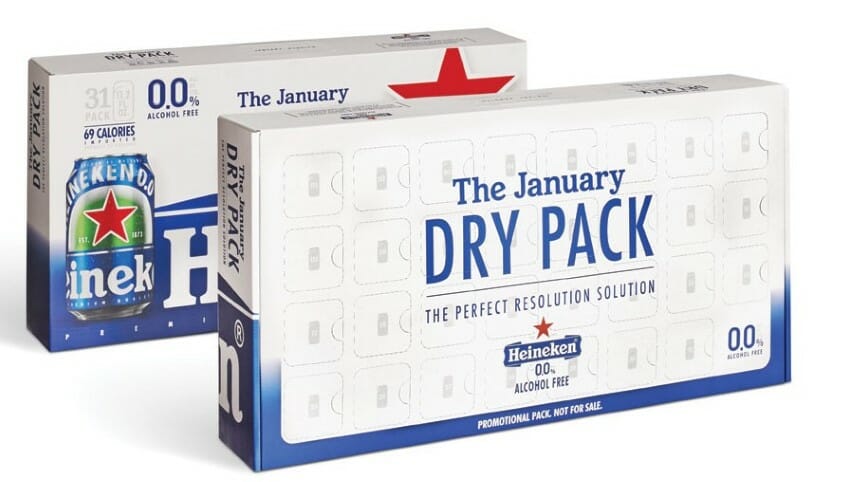Non-Alcoholic Beer Sales Surged 38% in 2020, Even As Regular Beer Sales Shrunk

For reasons that should be obvious to even the most casual observer, 2020 was an exceptionally tough year for the beer industry. We haven’t yet seen an overall figure for how much U.S. beer sales were down as a whole, but considering that they shrank roughly 2.3% in 2019, in a fourth straight year of declines, it’s almost certain those numbers for 2020 will be brutal. There’s a bevy of obvious factors to point to: The displacement of beer by hard seltzer, the lack of on-premise consumption during the pandemic, and a growing interest in health-conscious drinking all played their part. Brewers Association-defined “craft brewers” were hit particularly hard, as Chief Economist Bart Watson recently estimated that small and independent brewers were on track to see an overall decline of 7-8% in 2020, adding that it will likely take them several years to recover to 2019 levels thanks to the lingering pandemic.
One area of strength, however, is non-alcoholic beer. NA beer still makes up a tiny, tiny fraction of the overall beer market, but it’s also one of the only corners of the market that has been growing and thriving even during the pandemic. In fact, market research firm IRI estimates that U.S. sales of non-alcoholic beer were ultimately up 38% in 2020 to roughly $188 million in total sales, despite all the challenges facing the industry as a whole.
This growth no doubt speaks to a societal and cultural reevaluation of non-alcoholic beer, which was so often the butt of perpetual jokes in decades past. This is no longer the case—in a time when “wellness”-driven marketing has become the norm, and with Millennials and Gen Z consumers drinking less alcohol in general than previous generations, NA beer has never had more cultural cache than it does right now. So too have the options available to craft beer drinkers improved mightily in terms of their genuine quality over the years, as some of our own tastings at Paste have indicated—there are now breweries specializing entirely in lineups of non-alcoholic craft beer styles, while other major regional breweries such as BrewDog are producing numerous NA brands in a variety of styles rather than a single one.
-

-

-

-

-

-

-

-

-

-

-

-

-

-

-

-

-

-

-

-

-

-

-

-

-

-

-

-

-

-

-

-

-

-

-

-

-

-

-

-








































